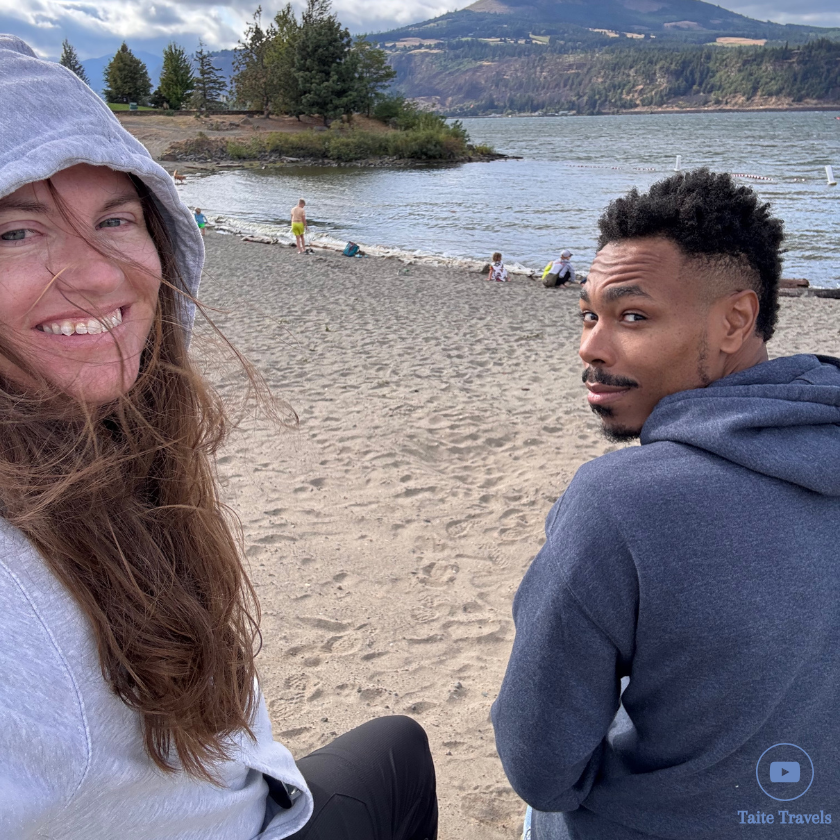The Olympic National Park holds a world of wonder, with never ending landscapes, wildlife, and breathtaking views await your adventures. With beauty and adventures there’s an aspect that should never be overlooked – safety. Throughout this blog, we’ll dive into safety precautions tailored to various activities within Olympic National Park. Whether you’re love to explore the outdoors, a wildlife lover, or whatever you heart fancies, let’s stay safe!
Safety Precautions for Different Activities
Emergencies can happen, even in the most beautiful places like Olympic National Park. Being prepared and knowing how to respond to emergencies is essential to ensure your safety and the safety of those around you.
Communication
While cell phone coverage can be limited in remote areas of the park, it’s essential to know where you can get a signal and where you can’t. All cell phone carriers provide a coverage map.
Here are some of the most popular. AT&T | T-Mobile | Verizon
Share your location!! If you use Google Maps or Apple Maps, you can share your location with family and friends. This setting on your phone might be the thing that saves your life!
First Aid
Always carry a well-stocked first aid kit that includes essentials like bandages, antiseptic wipes, pain relievers, and any necessary prescription medications. It’s also helps to know basic first aid techniques, including how to treat cuts, scrapes, burns, and sprains.
Lost or Stranded
First things first, stay calm! If you become lost or stranded, the first and most crucial step is to stay calm. Panic can lead to poor decision-making. If you realize you’re lost, stop moving and stay in one place. It’s easier for rescuers to find you if you’re stationary. If you have to stay overnight, find or create shelter to protect yourself from the elements. Water is critical for survival, check out this water filter water bottle you can buy off Amazon! [LINK] Being prepared for emergencies is a fundamental part of enjoying your time in Olympic National Park safely. Understanding how to communicate, administer basic first aid, and respond when lost or stranded will help ensure your safety during your visit.
Outdoor Activities
Olympic National Park offers a wide range of outdoor activities, each with its unique safety considerations. Whether you’re hiking on established trails, embarking on a backpacking adventure, or setting up camp, safety should always be a top priority.
Established Hiking Trails
Probably the easiest and more reliable, established trails in the park are always a great start. Consider your fitness level, the difficulty of the trail, and the estimated time it will take to complete. Dress in layers suitable for the weather and terrain. Wear sturdy hiking boots, bring rain gear, and pack extra clothing. Be prepared for changing weather conditions. Check out our Weather in the Olympic National Park blog to help pack efficiently!
Backpacking Adventures
Thoroughly plan your backpacking adventure, including route selection, camping locations, and access to water sources, in advance. Obtain necessary permits and pack lightweight, high-quality gear suitable for the season and terrain. Distribute weight evenly in your backpack to maintain balance and minimize strain. Follow Leave No Trace principles to minimize your impact on the environment. Properly dispose of waste, including using designated campsites and following campfire rules.
Camping Safety
Select a campsite that complies with park regulations and matches your camping experience level. Respect designated camping areas and follow park rules. In bear country, store food securely to prevent attracting wildlife. Use bear-resistant food containers or follow park guidelines for food storage. If campfires are allowed, follow campfire rules, use designated fire rings or camp stoves, and ensure fires are fully extinguished before leaving. Safety is a shared responsibility when enjoying outdoor activities in Olympic National Park.

Share with Friends & Family
Conservation and Park Protection
Olympic National Park is a precious wilderness, and it’s vital that visitors contribute to its conservation and protection. By following these principles, you can help preserve the park’s pristine landscapes and safeguard its future.
Leave No Trace
Adhere to Leave No Trace principles, which include leaving natural and cultural features as you found them, staying on designated trails, and minimizing campfire impact. Dispose of all trash properly by carrying it out with you. Litter disrupts the park’s ecosystems and detracts from its beauty. Maintain a respectful distance from wildlife to minimize disturbance and prevent habituation.
Respect Wildlife and Their Habitat
Use binoculars or a telephoto lens to observe wildlife closely without approaching or disturbing them. Keep noise levels down to avoid startling or stressing wildlife. During the nesting season, respect nesting areas and maintain a safe distance to protect bird species and their young.
Fire Safety
Use designated fire rings or camp stoves for cooking and heating. Observe campfire regulations to prevent wildfires. Ensure that campfires are completely extinguished before leaving the area. By practicing responsible conservation and park protection, you play a crucial role in preserving Olympic National Park’s unique ecosystems and ensuring that future generations can enjoy its natural beauty.








